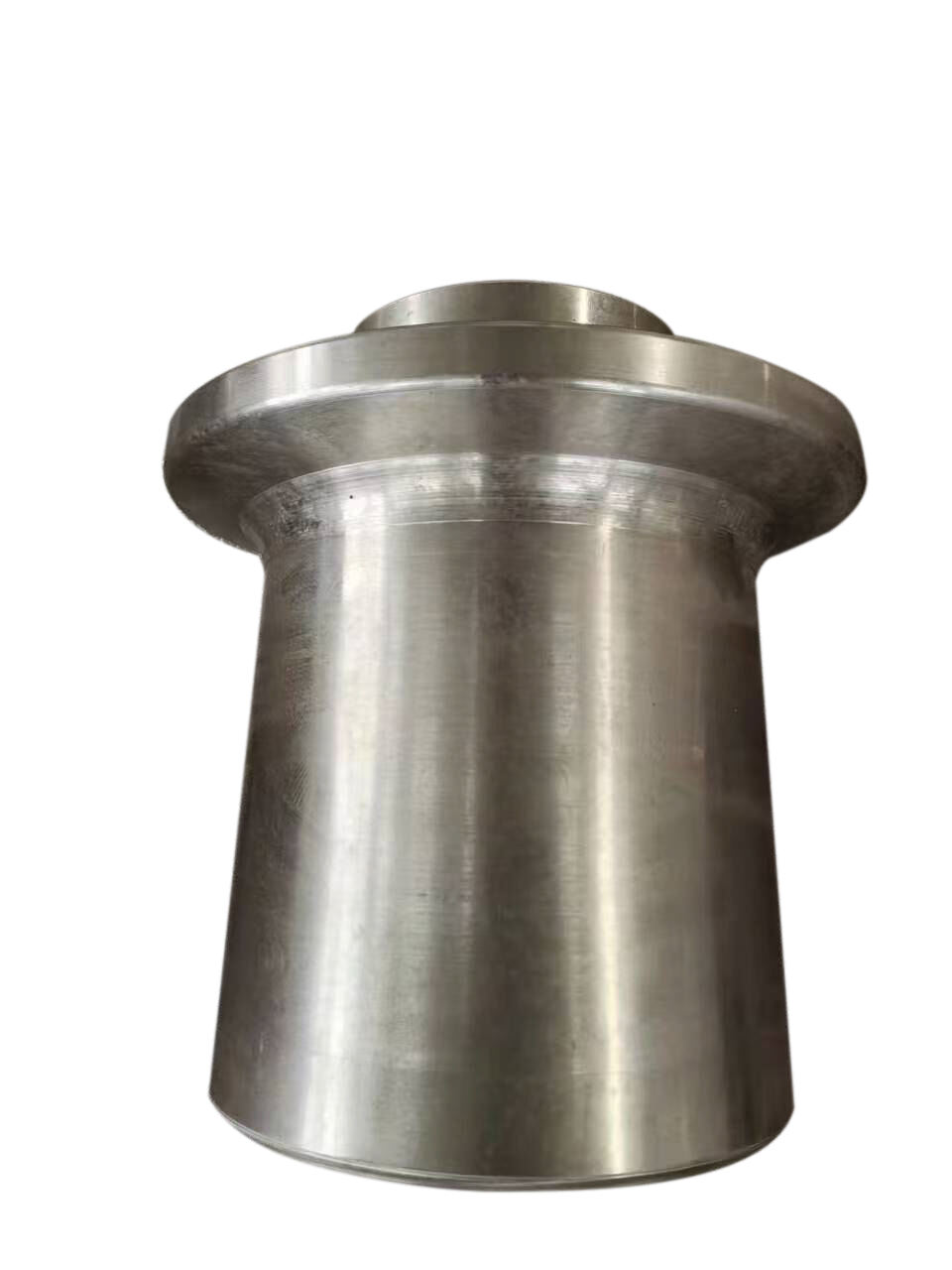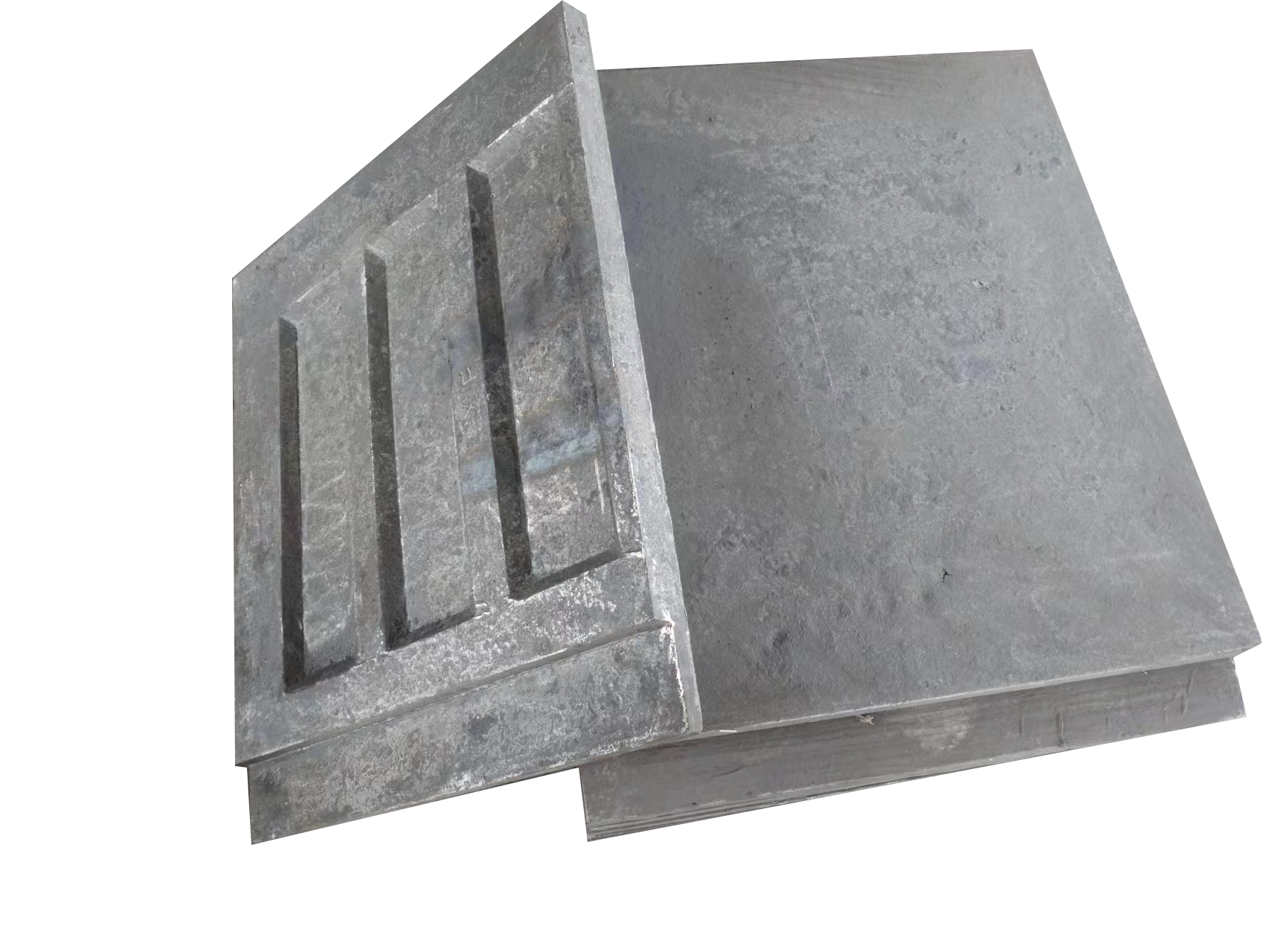heat resistant stainless steel
Heat resistant stainless steel represents a remarkable advancement in metallurgical engineering, specifically designed to maintain its structural integrity and performance under extreme temperature conditions. This specialized alloy combines the corrosion resistance of traditional stainless steel with enhanced high-temperature capabilities, making it indispensable in various industrial applications. The material's composition typically includes elevated levels of chromium and nickel, along with carefully balanced additions of elements such as molybdenum, titanium, and niobium. These elements work synergistically to create a stable microstructure that resists oxidation, scaling, and creep at temperatures ranging from 600°C to over 1000°C. The steel's unique molecular structure prevents grain boundary degradation and maintains mechanical properties even after prolonged exposure to high temperatures. This material excels in environments where standard metals would fail, offering exceptional resistance to thermal fatigue, thermal shock, and high-temperature corrosion. Its versatility extends to various manufacturing processes, including welding, forming, and machining, while maintaining its crucial heat-resistant properties throughout its service life.

